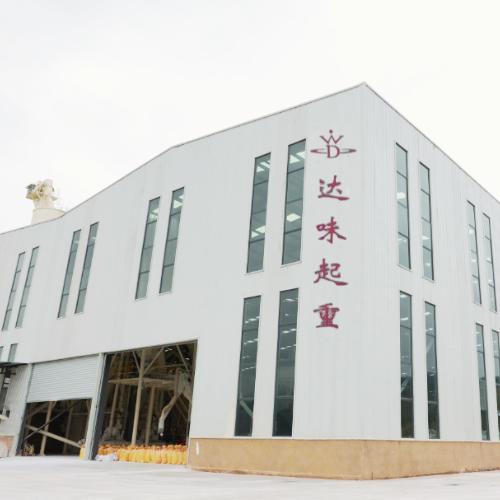Innovative Design Features and Applications of a Modern Port Gantry Crane System for Efficiency
The Port Gantry Crane A Key Player in Modern Port Operations
Port gantry cranes are indispensable equipment in modern maritime logistics, playing a crucial role in the handling of cargo containers at ports worldwide. These towering structures, typically seen on container ships, are designed to lift, move, and unload containers with exceptional efficiency and precision. As global trade continues to grow, the importance of these cranes in streamlining port operations has become increasingly vital.
Design and Functionality
Port gantry cranes are characterized by their robust construction and high lifting capacity. They are designed to operate in a challenging marine environment, with features that allow them to withstand harsh weather conditions such as high winds and saltwater exposure. The typical structure consists of a giant steel frame mounted on wheels or rails, allowing for horizontal movement along the dock. The crane's boom extends over the ship to reach containers and lift them using specialized lifting equipment, such as spreader bars or hooks.
The design also incorporates advanced technology, including automated systems and sensors, which enhance operational efficiency. Some modern gantry cranes are equipped with remote control capabilities, allowing operators to maneuver them with great accuracy from a safe distance. This not only improves safety but also optimizes the workflow during loading and unloading processes.
Efficiency in Cargo Handling
The primary function of port gantry cranes is to facilitate the rapid loading and unloading of containerized cargo. The ability to move large quantities of goods in a short period has made these cranes a cornerstone of port operations. A single crane can lift several containers per hour, significantly reducing turnaround time for ships. This efficiency is especially crucial in today's fast-paced global economy, where delays in cargo handling can lead to substantial financial losses.
porta gantry crane

In addition to speed, gantry cranes enhance the safety of port operations. The use of automation and advanced technology minimizes human error, which is often a significant factor in workplace accidents. The cranes are designed with safety features such as overload sensors and emergency stop buttons, ensuring that operators can respond quickly in case of unexpected situations.
Environmental and Economic Impact
As the demand for shipping increases, the environmental impact of port operations cannot be overlooked. Port gantry cranes contribute to reducing the carbon footprint of shipping activities. By allowing for quick turnarounds and efficient loading processes, these cranes enable ships to spend less time in port, which helps decrease fuel consumption.
Economically, the investment in advanced gantry crane systems can yield significant returns. By improving port throughput and efficiency, ports can handle more cargo volume, thereby increasing their competitive edge in the global market. This growth can lead to job creation and economic benefits for the surrounding communities.
The Future of Port Gantry Cranes
The future of port gantry cranes is likely to be shaped by advancements in technology. Innovations such as artificial intelligence, machine learning, and automation are set to revolutionize how these cranes operate, making them even more efficient and capable. Moreover, as ports adapt to the challenges posed by climate change, developments in sustainability will influence the design and operation of gantry cranes, focusing on reducing energy consumption and emissions.
In conclusion, port gantry cranes are fundamental to the efficiency of modern shipping and logistics. Their robust design, efficiency in cargo handling, and potential for technological advancements ensure they will continue to be a vital component of port operations in the future. As global trade expands, the importance of these cranes will only grow, making them a key player in shaping the maritime logistics landscape.
-
4000 lb Gantry Crane | Adjustable, Heavy-Duty Lifting SolutionsNewsAug.31,2025
-
Portable 2000 lb Gantry Crane | Heavy-Duty & AdjustableNewsAug.30,2025
-
Versatile Lifting Solutions with Gantry and Overhead CranesNewsAug.29,2025
-
The Versatile Mobile Gantry Crane SolutionNewsAug.29,2025
-
Reliable Movement with Heavy Machinery Skates and RollersNewsAug.29,2025
-
Reliable Lifting Performance with 2000 lb Gantry Crane and 2 Ton Overhead SystemsNewsAug.29,2025
-
Maximize Lifting Efficiency with PML Magnetic LiftersNewsAug.29,2025
